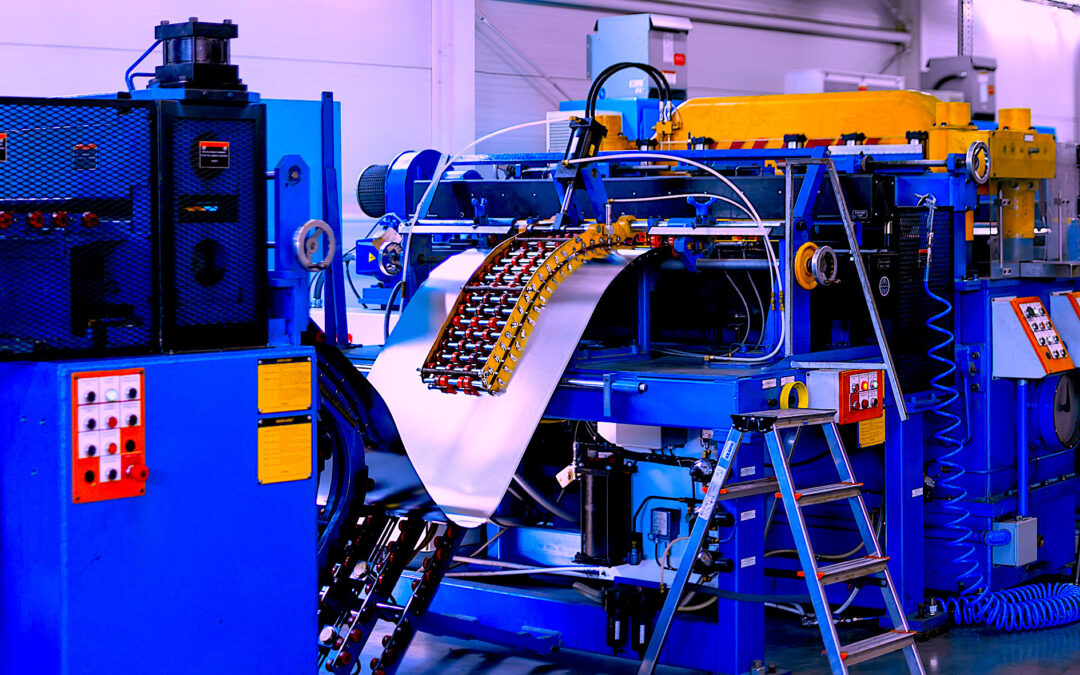Again, we’ll start with a recap here: This is the fifth in an ongoing series of columns with the following theme: “If there were ever a time to get serious about lean manufacturing, it’s now. The vision of doing more with less of everything may very well be the new reality in our upside-down, post-pandemic world.” In my June 6, 2022, column, (see link below), I recommended a goal that RAM Pros can readily grasp: “Lean Equipment Management (LEM) for the most critical, most penalizing equipment-driven processes.” That, in turn, begins with a business focus.
Here are the 7 Principles of Lean Equipment Management:
1. Targeting the major causes of poor equipment performance.
2. Engaging operations personnel in caring for their equipment.
3. Improving maintenance efficiency & effectiveness.
4. Training & qualifying to improve skills and knowledge.
5. Improving equipment maintainability & maintenance prevention design.
6. Winning with leadership & teamwork focused on common goals.
7. Building a Lean Equipment Management culture.
A SHORT CASE EXAMPLE
The LEM scope of work began by addressing manufacturing-process bottleneck equipment. Problems at the bottleneck equipment during scheduled production not only interrupt production there, but also at the downstream manufacturing processes.
So, we asked a question associated with Principle #1: “What are the major causes of poor equipment performance?” The answer was unanimous: “This machine can’t keep up with the downstream demand.” Initial logic then pointed to possible “speed losses,” or “unplanned downtime,” or “defects being produced.” But there was more to it.
In this particular case, some of the causes of unplanned downtime included “no operator(s),” or “jammed tooling,” or “scrap/trim removal system plugged up.” Each of these three causes were easily preventable, but the initial (and an erroneous) assumption was, “that’s NOT an equipment problem.” Those situations, however, do interrupt production flow.
From a lean-manufacturing perspective, we must look at the FLOW of the work-in-process (WIP) materials to the targeted equipment by asking, “Does the rate of incoming WIP keep up with the production rate of the targeted equipment?” In this particular case, the incoming materials on pallets did NOT consistently meet the planned production requirement. Some of the documented “unplanned downtime” was caused by running out of materials to process (inaccurate unit count tickets).
Another aspect of incoming WIP is quality related. Inconsistent incoming quality caused unplanned downtime of the targeted equipment. The types of incoming WIP defects noted in this case included material handling damage, damage from humidity (warping), and substituted (non-standard) material.
The WIP-induced “unplanned downtime” caused the targeted equipment to stand idle until the supply was replenished. This could be a matter of minutes, hours, or days depending on the type of product materials being run.
Lean equipment management relies on the overarching concept of RELIABILITY: That means equipment consistently doing what it is intended (designed) to do. When looking at the data for lean equipment management, we must think well beyond equipment “maintenance” issues. Look at how the production flow gets interrupted AT the equipment, not merely because of the equipment.
In the next installment we’ll zip through some quick root cause discussions in this case example to explore how the “causes of poor equipment performance” drive (and measure) the other LEM Principles in action.TRR
Click These Links To Read Prior Installments In This Series
“Is Lean Manufacturing Dead? Surely Not” (May 31, 2022)
“Lean Manufacturing: Where To Begin?” (June 6, 2022)
“Lean Manufacturing: The 7 Principles Of Lean Equipment Management” (June 11, 2022)
“Lean Manufacturing: Leadership & Teamwork” (June 20, 2022)
ABOUT THE AUTHOR
Bob Williamson is a long-time contributor to the “people-side” of the world-class-maintenance and manufacturing body of knowledge across dozens of industry types. His vast background in maintenance, machine and tool design, and teaching has positioned his work with over 500 companies and plants, facilities, and equipment-oriented organizations. Contact him directly at 512-800-6031 or bwilliamson@theramreview.com.
Tags: reliability, availability, maintenance, RAM, asset management, skills development, on-the-job training, supply-chain issues, training and qualification, professional development



